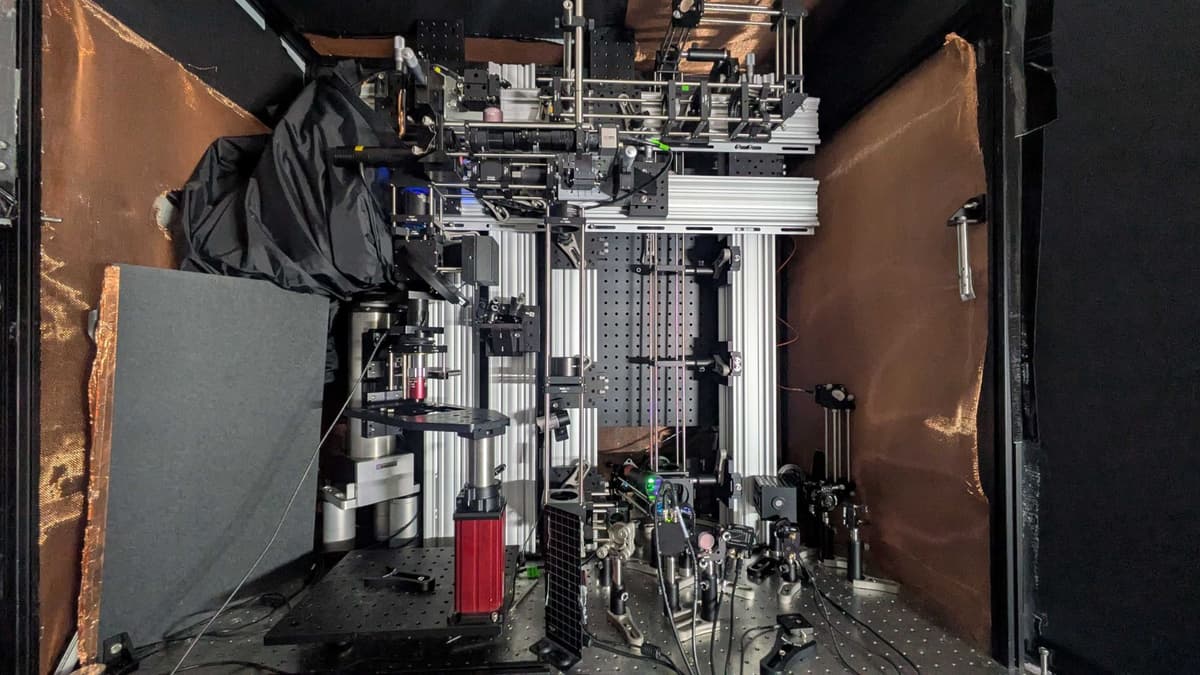For years, brain imaging has been like staring through a foggy window—you can make out the surface clearly, but the deeper you try to see, the murkier it gets. Standard light-based microscopes are great for mapping the cortex, but when it comes to peering into deeper, more complex regions like the hippocampus, resolution collapses.
MIT researchers just shattered that barrier with the world’s first sound-powered microscope—a hybrid system that uses ultrafast bursts of light to trigger microscopic sound waves, then “listens” to those waves to build high-resolution images. The result: brain scans at five times the depth of existing methods, with zero dyes, chemicals, or genetic modifications.
Here’s how it works. The system, nicknamed Multiphoton-In and Acoustic-Out, fires laser pulses at three times the wavelength normally absorbed by target molecules. These longer wavelengths scatter less, allowing them to slip deeper into tissue. When the light hits a molecule—like NAD(P)H, which plays a key role in cell metabolism—it causes a rapid, tiny thermal expansion. That expansion creates sound waves so faint they’re picked up only by a hypersensitive ultrasound detector. Software then turns those sound patterns into crystal-clear images.
This isn’t just about pretty pictures. The tech can detect molecular activity inside single cells deep inside brain tissue—something that could transform neuroscience, drug testing, and even neurosurgery. Because it’s label-free, it can potentially guide surgeons in real time, mapping active brain regions without altering them.
Early tests hit physical limits not because the tech ran out of power, but because the brain samples themselves weren’t thick enough to challenge it. In living tissue, researchers expect to reach depths of up to 2 millimeters, enough to see into structures long considered beyond the reach of optical imaging.
The implications are massive. From studying Alzheimer’s and epilepsy to understanding how neural networks actually fire in the living brain, this fusion of light and sound could finally give science the deep-access brain scanner it’s been waiting for.
In other words, we may be entering an era where the brain’s most hidden processes aren’t just guesswork—they’re observable, in real time, without touching a single cell.


